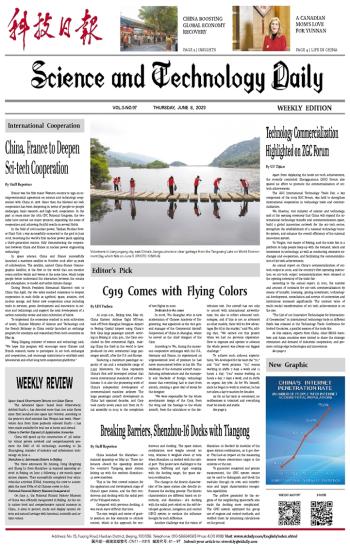
China launched the Shenzhou -16 manned spaceship on May 30. Three taikonauts aboard the spaceship entered the country's Tiangong space station linking up with the resident Shenzhou-15 crew members.
This is the first crewed mission for the application and development stage of China's space station, and the first rendezvous and docking with the radial port of the T-shaped station.
Compared with previous docking, it was much more difficult this time.
The size, weight and center of gravity position are key elements to attitude control, which is the approach for rendezvous and docking. The space station combination now weighs around 90 tons, whereas it weighed about 47 tons when Shenzhou-14 docked with the radial port. This posed new challenges to the capture, buffering and rigid coupling with the docking target, the space station combination.
The change in the kinetic characteristic of the space station also directly influences the docking process. The kinetic characteristics are different based on directions, and Shenzhou -16's docking with the radial port relied on the self-developed guidance, navigation and control (GNC) system to mediate the influence brought by such difference.
Another challenge was the vision of Shenzhou-16 blocked by modules of the space station combination, as it got closer. This had an impact on the measuring sensors whose observation target is the universe or the sun.
To guarantee consistent and precise measurement, the GNC system sensor can be used to distinguish and block the modules through its own anti-interference and target characteristics recognition capabilities.
The airflow generated by the engines of the neighboring spacecrafts also made the docking more complicated. The GNC system optimized the group use of engines and control methods, and verified them by simulating calculations on the ground.

 Next
Next




